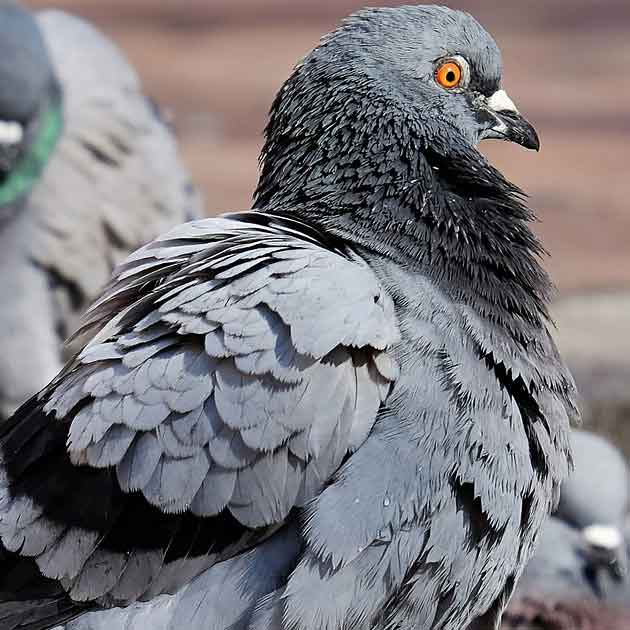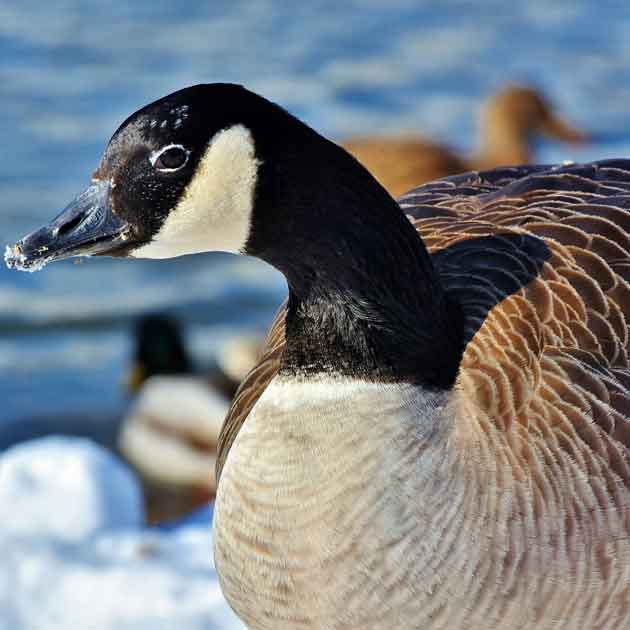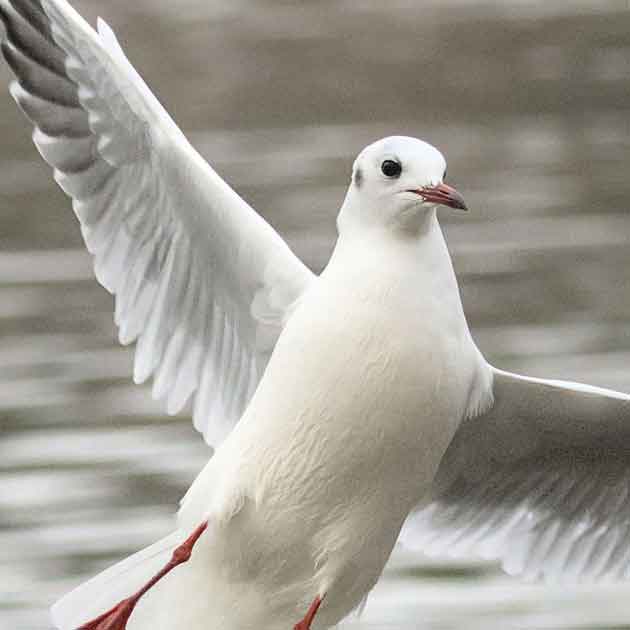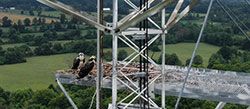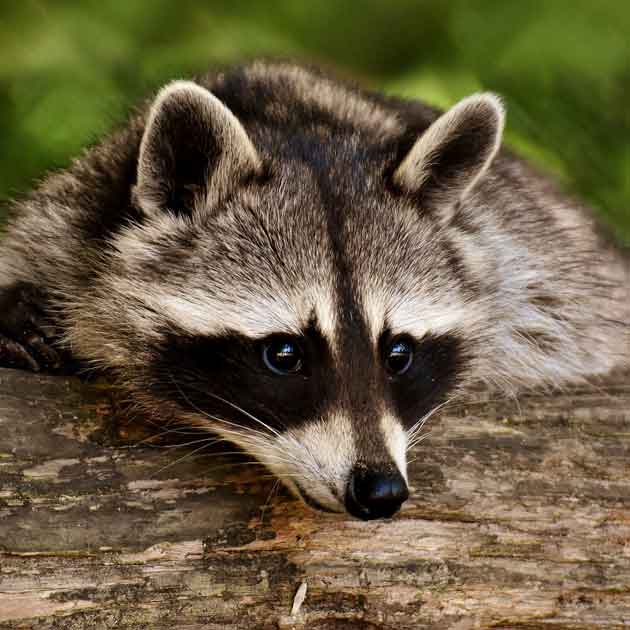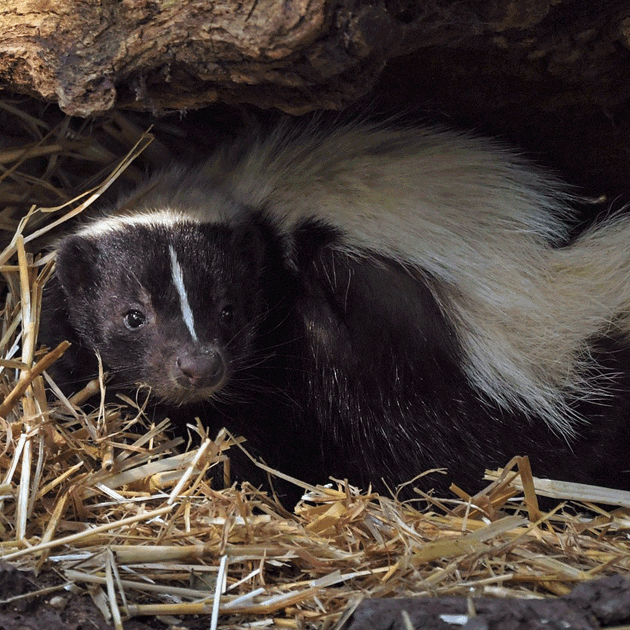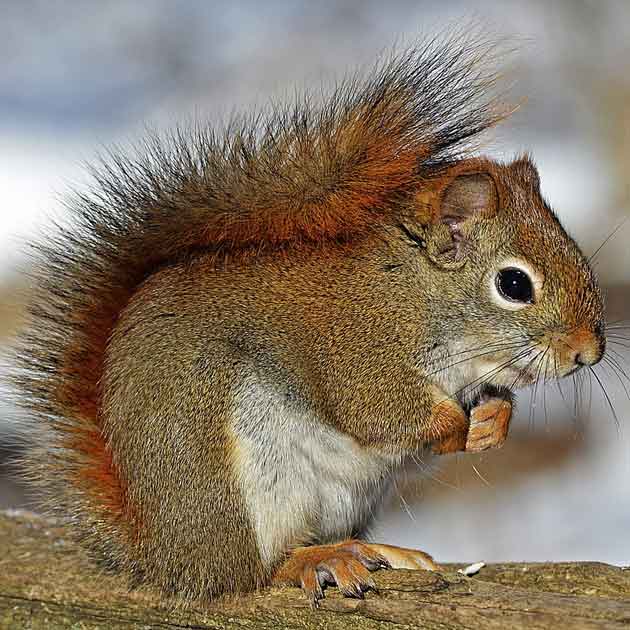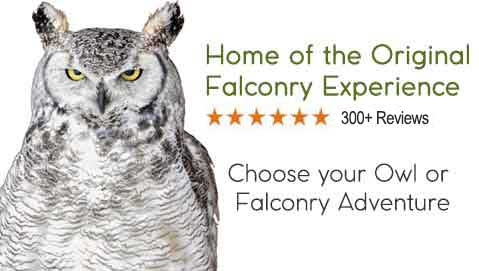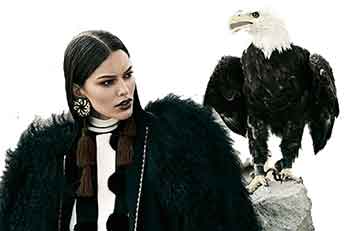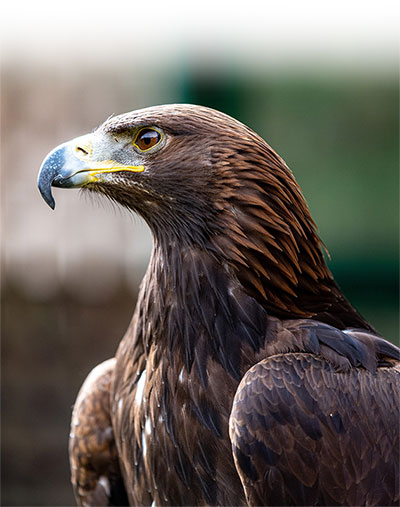
Each year, researchers are monitoring North America's largest bird of prey's migratory population above Montana. Decades of migration indicate that the golden eagles that travel have declined here. Hawk Watch International data from a Bozeman research site measured roughly 650 golden eagles per 100 hours of counting in the early 1990s. In 2018, the number of birds researchers counted was less than half that.
Researchers spend weeks on ridge lines this time of year, using pigeons to lure the magestic Golden Eagles, trapping and banding birds, outfitting them with tracking tags and collecting data.
Migrating golden eagles face a unique set of challenges that include habitat loss, car collisions, power line electrocutions, wind turbines, traps and lead poisoning, to name a few. The birds come from as far north as the Brooks Range in Alaska and tagged birds have wintered as far south as Mexico. What exactly is going on is hard to say.
While some Montana researchers say they’re seeing a decline in eagle numbers, other available research from across the West shows the non-migratory population is more stable. The 55th parallel delineates the two populations, with those that breed in harsher northern climates needing to migrate to follow food sources. This potentially puts them in more danger.
Recent reports there may be reason to believe the bird’s dipping migration numbers are stabilizing in Montana. A Hawk Watch report from 2016 says recent counts give "reason for some optimism," with the highest number of golden eagles tallied in the region since 1998.
A healthy golden eagle population often means a healthy ecosystem, or vice versa. So, what is happening with golden eagles could be in fact indicative of the ecosystem as a whole.
Counting time is coming to a close. Researchers are packing up their work site before snow makes it inaccessible. It’s too soon to tell if the migratory golden eagle decline in Montana has stabilized for good. But scientists and conservationists are working to learn what they can from the birds soaring overhead.
In Ontario, breeding Golden Eagles are presently known only from the Hudson Bay Lowland, although there is some evidence suggesting they once nested much further south. Currently there are believed to be 10 to 20 pairs in the province.
Increasing numbers of sub-adult Golden Eagles are spending the summer along the Hudson Bay coast, where they hunt the abundant snow goose at their nesting colonies. The number of Golden Eagles being seen at traditional Ontario hawk migration monitoring stations has increased greatly in the past two decades. In the fall of 2008, several stations on Lake Ontario and Erie reported more than 50 in one day – a number that would have seemed unbelievable even a decade ago.
Previously, the Golden Eagle poplation had suffered from human persecution, such as illegal shooting and trapping, although with improved attitudes toward predators in general, these problems have diminished greatly in recent decades.
Private land owners have a very important role to play in species recovery. If you find a Golden Eagle nesting on your land, you may be eligible for stewardship programs that support the protection and recovery of species at risk and their habitats.
Hawkeye is the ONLY Toronto and Golden Horseshoe area licensed Pest Bird Control Specialist offering PERMANENT REMOVAL & GUARANTEED RESULTS. We are uniquely qualified under permits and licenses to PERMANENTLY REMOVE AND CONTROL pest birds such as pigeons, seagulls, geese, starlings, and swallows using a variety of methods including Birds of Prey. Additionally, we offer cleaning and disinfecting of affected areas and facilitate the future exclusion of birds.
Now with 7 Locations ( 6 In Canada and 1 in the U.S), we are ready to serve you better in Acton, Toronto, Oshawa, Bowmanville, two locations in Mississauga and West Palm Beach in Florida.
Contact us today or Email us at [email protected] if you need help with pest bird control and/or pest bird removal.
Pest Birds such as Cormorants, Crows, Ducks, Doves, Geese, Grackels, Seagulls, Pigeons, Robins, Sparrows and Starlings.


